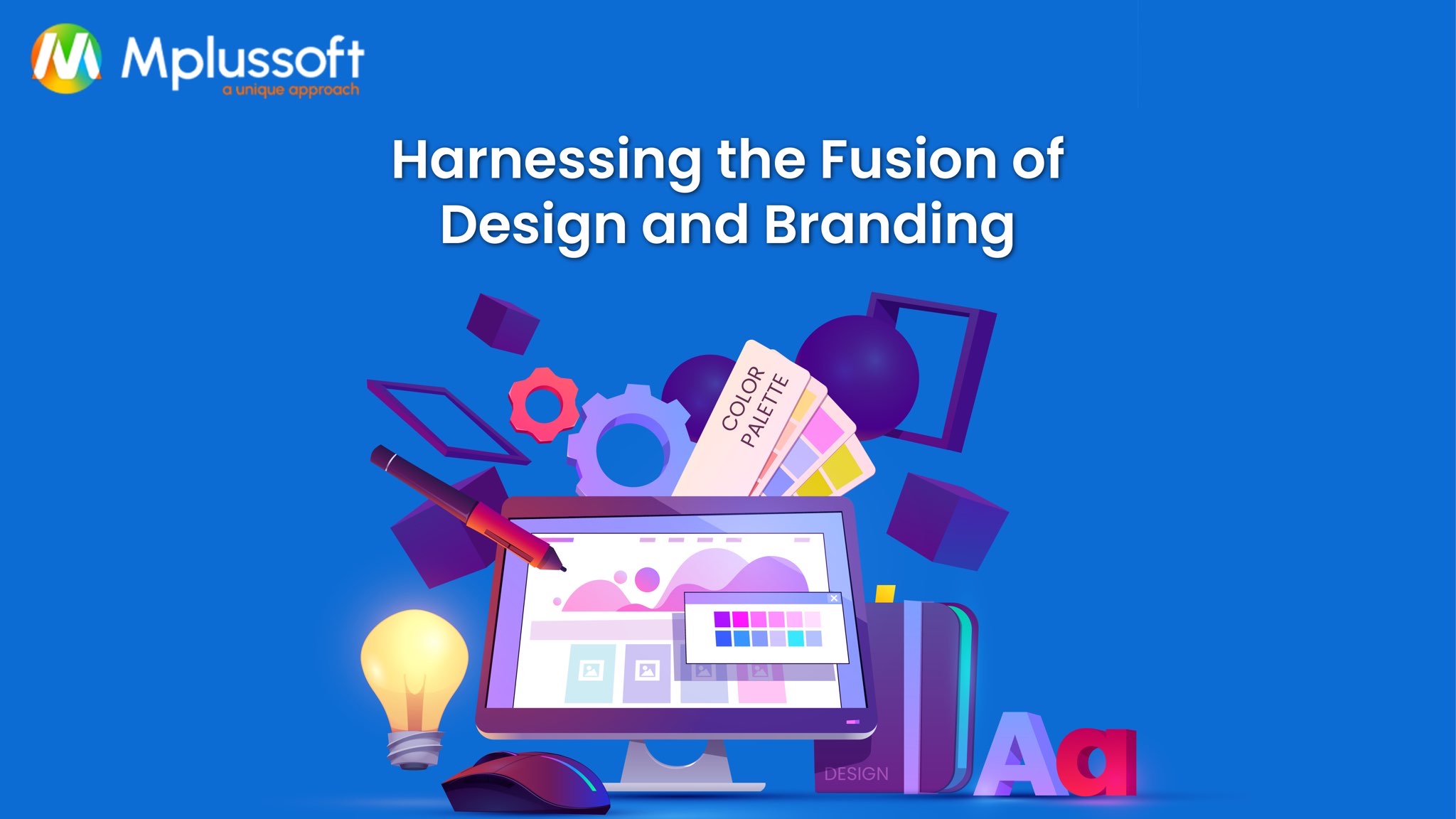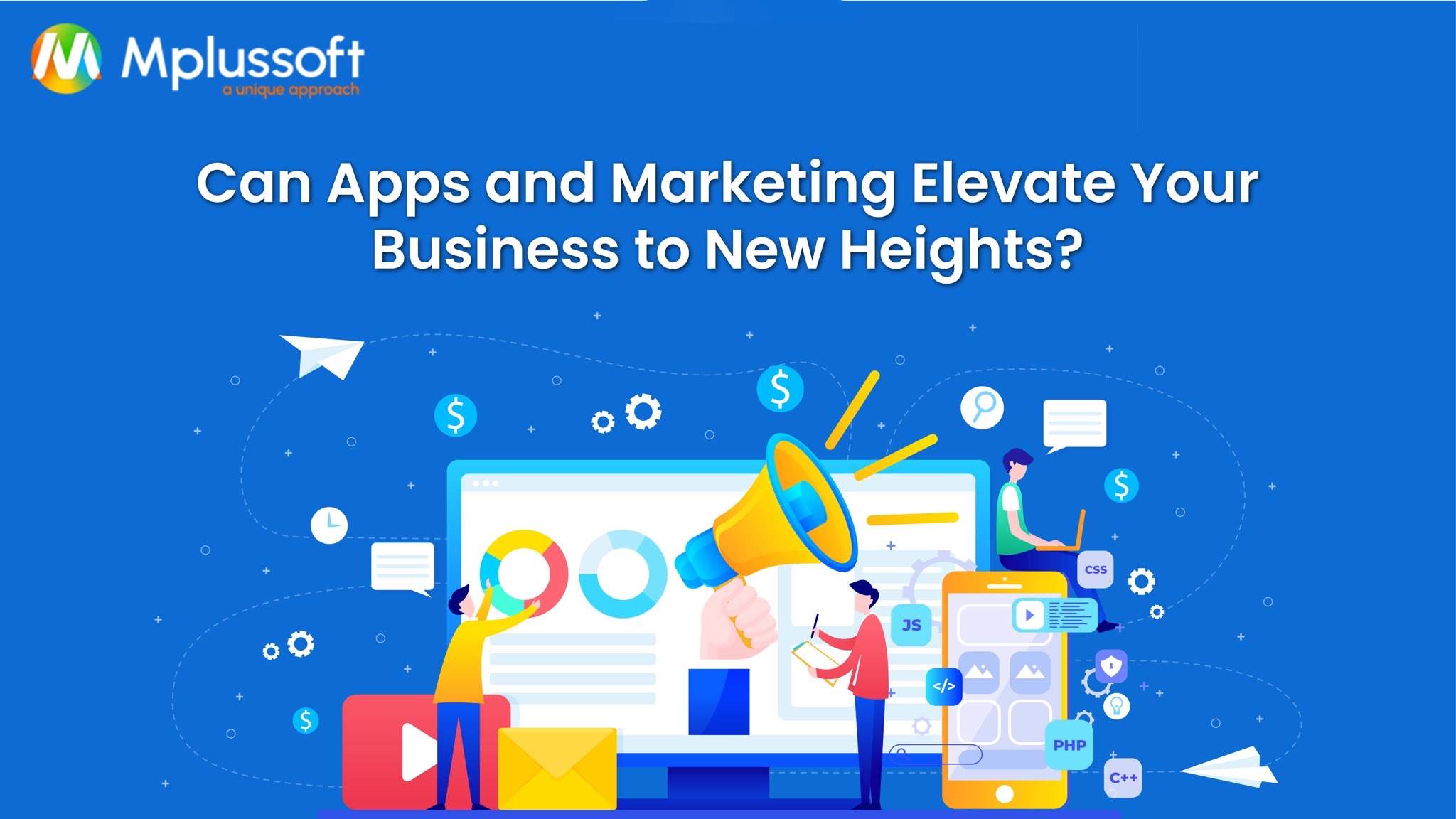Flutter 2.0
 Flutter 2.0
Flutter 2.0
Flutter is an open-source mobile SDK developer created by Google that allows the unification of app developers into a single codebase, building branded apps for multiple platforms. The first version of flutter was known as the codename "Sky" has been around since 2015 when Google introduced it and remained in the beta stage before its official launch in December 2018.
Since then, flutter is now the top 11 software repos based on GitHub stars, and the buzz around flutter has been growing stronger. Google has finally released its flutter version 2.0 - the newest version of its open-source UI toolkit for building portable apps on March 3. The next generation of flutter, built for the web, mobile, and desktop is an open-source UI development kit that helps app developers use the same codebase to build apps for ios, android, windows, macOS, Linux, and the web. With this upgrade, Google not just maximized the features of a flutter but also helped developers to think about building apps, starting not with the platform they're targeting but rather with the experience they want to create. In flutter 2, Google has broadened flutter features from a mobile framework to a portable framework to run on a wide variety of different platforms with little or no change.
Customers from all around the world are using flutter, including 10 innovative apps such as Google ads (utility), Alibaba (e-commerce), reflecting (lifestyle), etc. Building on the portability of dart, the power of the web platform, and the flexibility of the Flutter framework, it also gives web experiences targeting browsers like edge, safari, firefox, or chrome. In addition to this, flutter 2.0 can also be easily embedded in TVs, cars, and smart home appliances, giving the most portable and pervasive experience for an encompassing computing world.
What's
new in flutter 2.0?
Let's look at some of the technical changes to flutter that are added as part of the release of flutter 2.0 to see what is new in this Google's cross-platform UI toolkit, and how it targets developers across all platforms, keep reading!
Flutter's web support
Flutter 2.0 introduces production-quality support as the single largest announcement. In the earlier version of flutter, the web platform was document-centric. But, web support is now available on the stable channel, offering an app-centric framework that builds on the power of the modern web platform and APIs, encompassing sophisticated applications consisting of hardware-accelerated 2d and 3d graphics with paint APIs and flexible layout.
While you can do a lot on the web, flutter's web support focuses on three app scenarios in particular:
Single page apps (spas)
Progressive web apps (PWA's)
Bringing current flutter mobile apps to the web
In the last months, Google added a new canvas kit-based render made with web assembly concerning progress on performance optimization. Moreover, they added web-specific features like text autofill, control over address bar URLs and routing, PWA manifests interactive scrollbars, and keyboard shortcuts to offer the best web platform.
Flutter 2.0 on desktops, foldable, and embedded devices
Beyond traditional mobile devices and the web, there have been many enhancements to bring the best of flutter 2.0, stretching out to other device types, and enhancing flutter's portability. To start with, Google had partnered with ubuntu maker canonical to bring Linux desktop app support to its flutter developer contributing code to support development and deployment on Linux. Secondly, Microsoft is continuing to expand its support for flutter, providing premium quality windows support in a flutter. Finally, the world's best-selling vehicle manufacturer, Toyota, declared its strategies for bringing the best performance and consistency of experience to cars, by building next-gen infotainment systems for their vehicles by a flutter.
The growing flutter ecosystem
Other new features in flutter 2 include the beta release of a new software developer kit (SDK) called Google mobile ads for flutter this new SDK works well with ad managers and AdMob, making it possible to create various ads formats in flutter apps.
If you haven't yet tried flutter, we think you'll find it to be a major upgrade that enables developers to create beautiful, fast, and portable apps for any platform. With cross-platform toolkits like a flutter, you can provide a canvas for the high-end user experiences to craft beautiful, natively compiled applications for mobile, web, and desktop from a single codebase
Flutter
is free and open source. We have seen
the use of flutter for prototyping and app development, and now we're excited
to see what you build with flutter 2!



